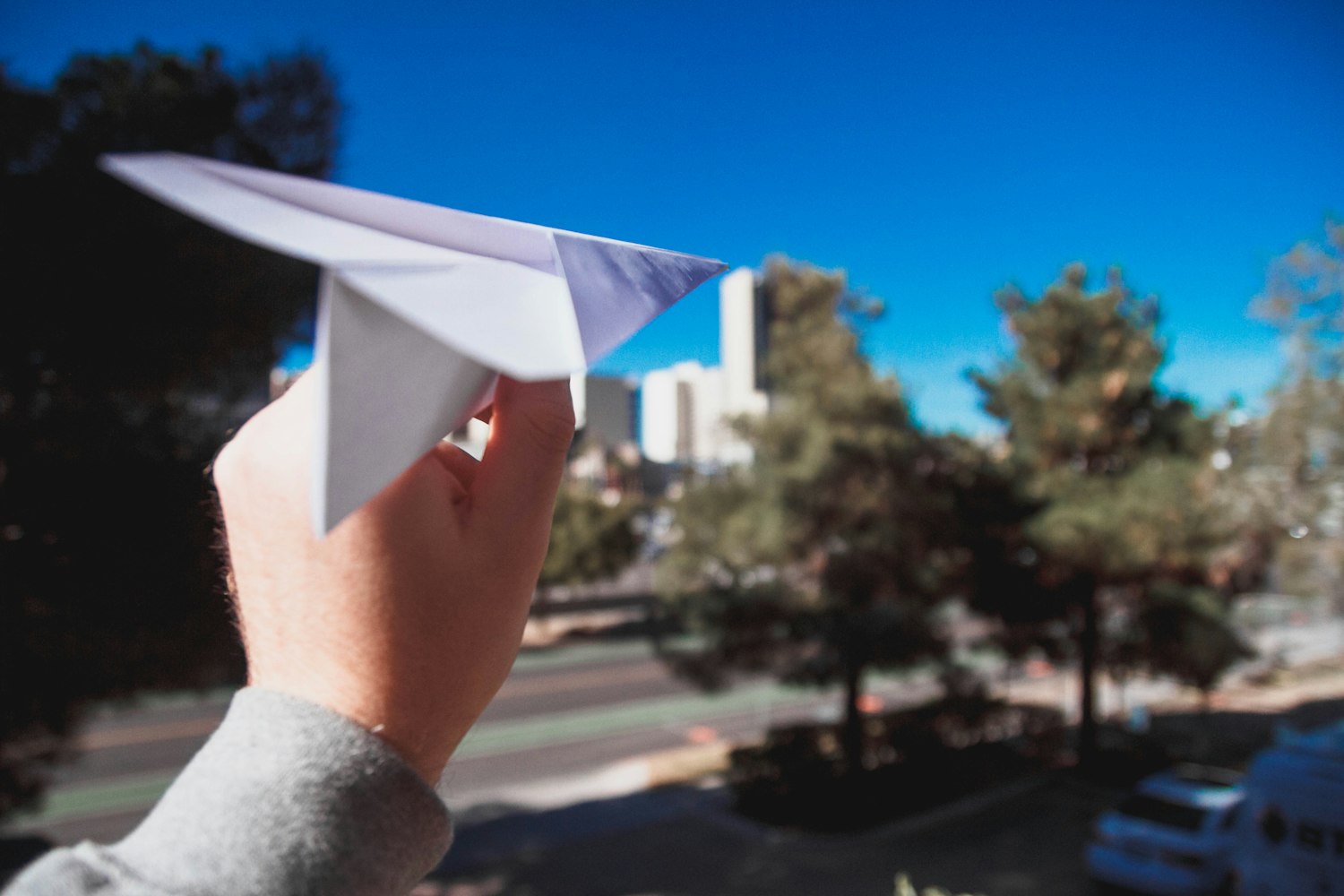I saw this tweet this morning, and boy did this resonate...
I don't think non-teachers understand what teaching remote and in-person simultaneously really entails.
— Julie Jee 🇰🇷🇺🇲 (@mrsjjee) December 30, 2020
How would you describe it, teacher friends? pic.twitter.com/yFRSAUTJxg
I've said to a few people that this past fall semester was the most demanding for me since my first year of teaching. Most of the challenge was that I have such high expectations for myself and my teaching practice...and I fell short of those expectations.
A lot.
Here's the thing: the HyFlex model of teaching sounds great in theory. But it's really, really hard to do it well in practice. HyFlex is "hybrid flexible," and the basic idea is that students should be able to fully participate in class whether they attend in person or via distance learning. Early in my doctoral studies, we considered HyFlex as a pedagogical approach in a case study in one of my courses. One of the biggest problems we identified is the huge cognitive demand for instructors using this approach. You have to be able to teach students in the room and students joining via videoconference simultaneously, and either of these modes of teaching is already plenty demanding...let alone simultaneously!
To do HyFlex teaching well, you basically have two demanding tasks--teaching face-to-face, and teaching via live videoconference. These require similar skillsets...but not identical skillsets. And the difficulty is that you have to do them both at the same time. It's a problem! And, I think that's why I felt like I was failing almost all of the time this fall: I couldn't focus on my normal face-to-face pedagogy, because I was constantly distracted by trying to keep my Zooming students involved in what was happening in class. But the Zoomers were always the minority (just my students who were in quarantine, most of the time) and if I focused on good distance pedagogy, everything felt lifeless in the room, where the majority of my students were. And here was the most-likely-to-fail point for me: I couldn't do either of these things well (or at least, not well enough to meet my own high expectations for my teaching), so I felt a constant sense of frustration that I wasn't doing enough to support at least one group of students' learning. But what made it most difficult for me was that I was also recording each lesson, because some students were not able to join the live class meeting via videoconference, particularly if they were sick. And while teaching is always a public endeavor (you're always doing it in front of someone, right?) having a video record of my work makes me much more self-conscious!
So, to answer the question prompted by the tweet I shared above, here's my best analogy...
I can yo-yo pretty well. I was a pretty big nerd in middle school, and I yo-yoed a lot. I can do some fun tricks: walk the dog, loop the loop, around the world, and rock the cradle. Not the most impressive repertoire, but a variety of entertaining tools in my yo-yoing toolbox.
I can also juggle fairly well--with three beanbags, if I have both hands available, or two beanbags, if I have just one hand available. I was still a pretty big nerd in high school, and taught myself to juggle one afternoon, just because I decided I wanted to learn how.
I also can balance a meter stick vertically on my foot for quite a long time. I was able to balance a meter stick on my hand for years and years...and early in my middle school teaching career, I realized I could also balance it on my foot, much to the delight of my students. (Middle school teachers, am I right?) :-)
Now, here's the thing: I think HyFlex teaching is sort of like yo-yoing with my right hand, while juggling two beanbags with my left hand, and balancing a meter stick on my right foot, all at the same time. It's keeping the face-to-face teaching going, while also getting the online teaching going, and then an awareness of the camera, and how this all looks to the students who are watching it after the fact. I might get the yo-yo going (in class students), and keep the beanbags flipping and flopping (Zooming students), but then I'm suddenly derailed by the meter stick dipping--maybe a tech problem with the camera--which has me dropping beanbags, or tangling my yo-yo string.
Ugh. It was an exhausting semester.
But there were bright spots for me. My students were GREAT throughout--they were very encouraging, despite my feeling that I was failing. My colleagues were amazingly supportive in a "we're all in this together" sort of way. My fully online courses (the ones that were planned to be offered online) went really, really well, which was a buoy for sure.
I think the biggest lesson for me was that I have to be okay with letting "good enough" be "good enough" sometimes when it comes to my teaching practice. (This is HARD for me...) I will do what I can to support and encourage my students' learning, obviously, but I have to check my own expectations for teaching during a pandemic, I think. Sometimes I'm going to drop a beanbag, or get a knot in my yo-yo string, or trip over the meter stick I'm balancing. Who wouldn't flop sometimes, with all of that going on?
Maybe it's more amazing how often it all worked than the 10% of the time that things went sideways? I guess the real take-away for me is what I always tell my students, future teachers that they are: if you ever stop learning, perhaps it's time to stop teaching?
 |
| Image by Gerd Altmann via Pixabay |












